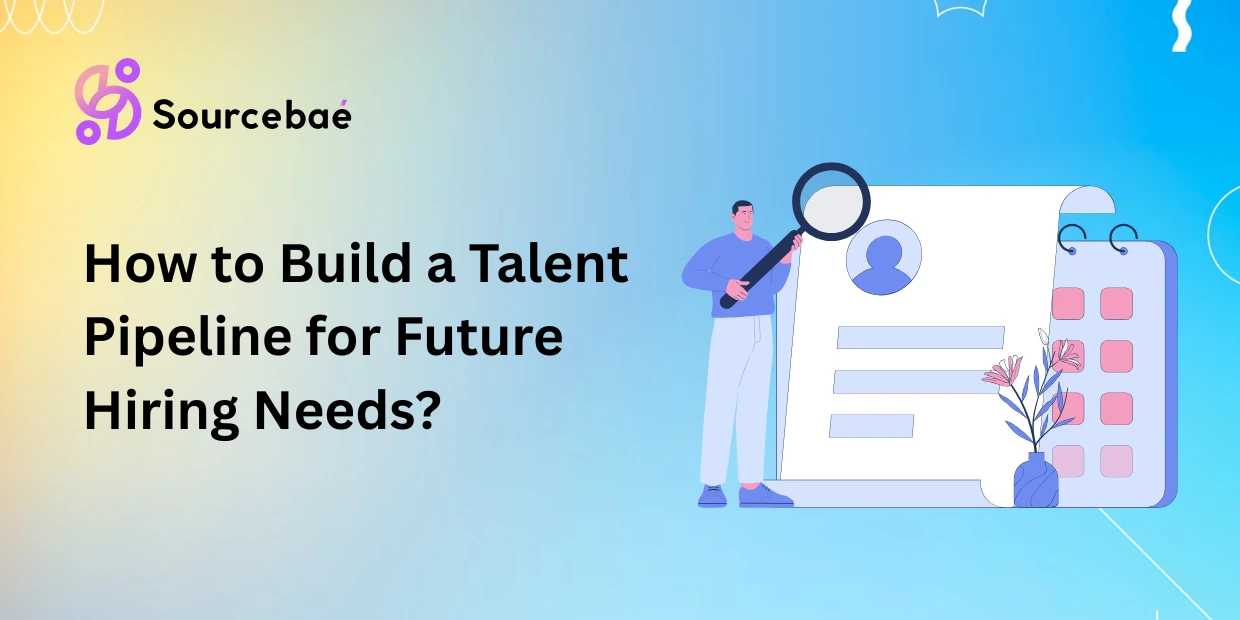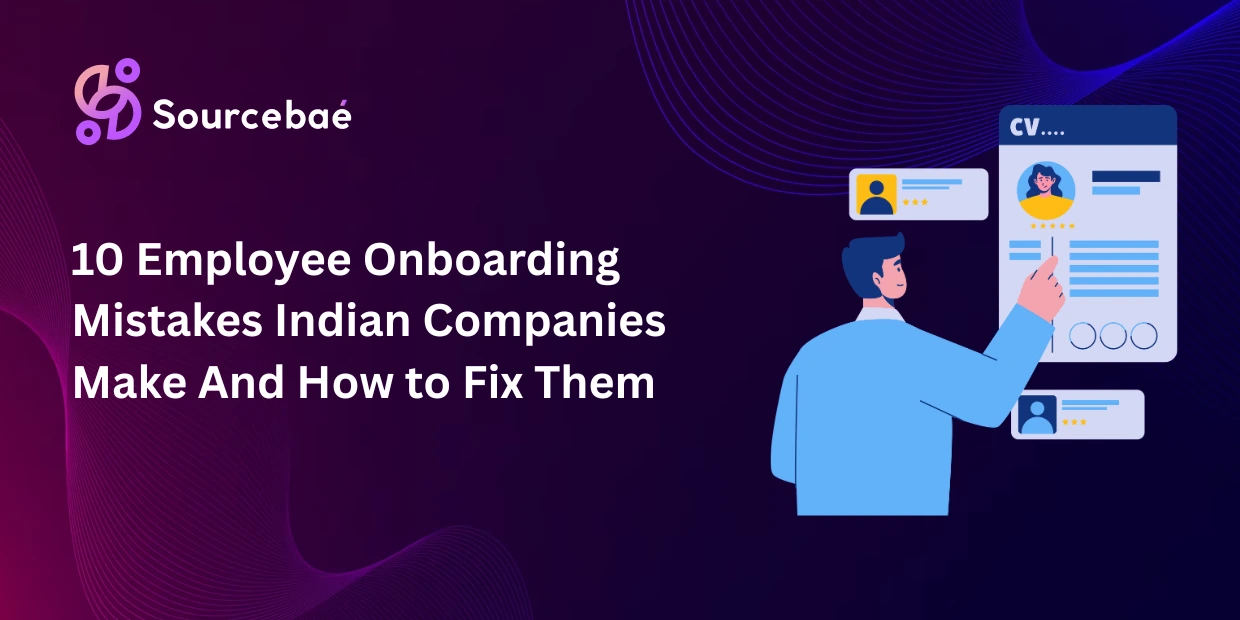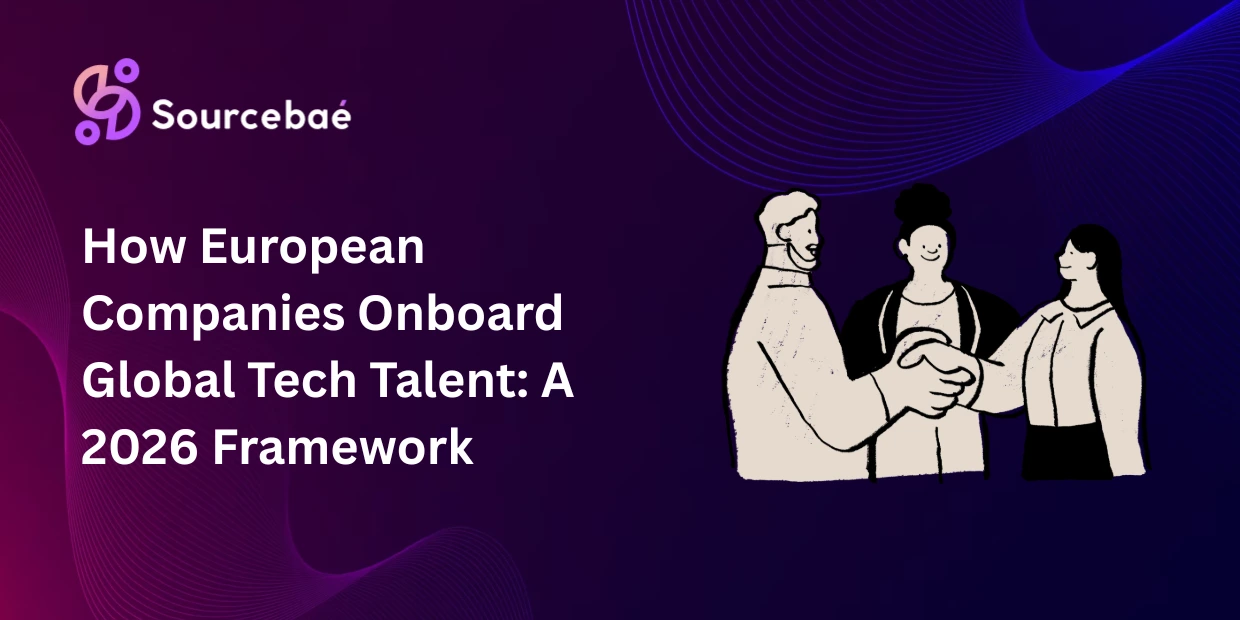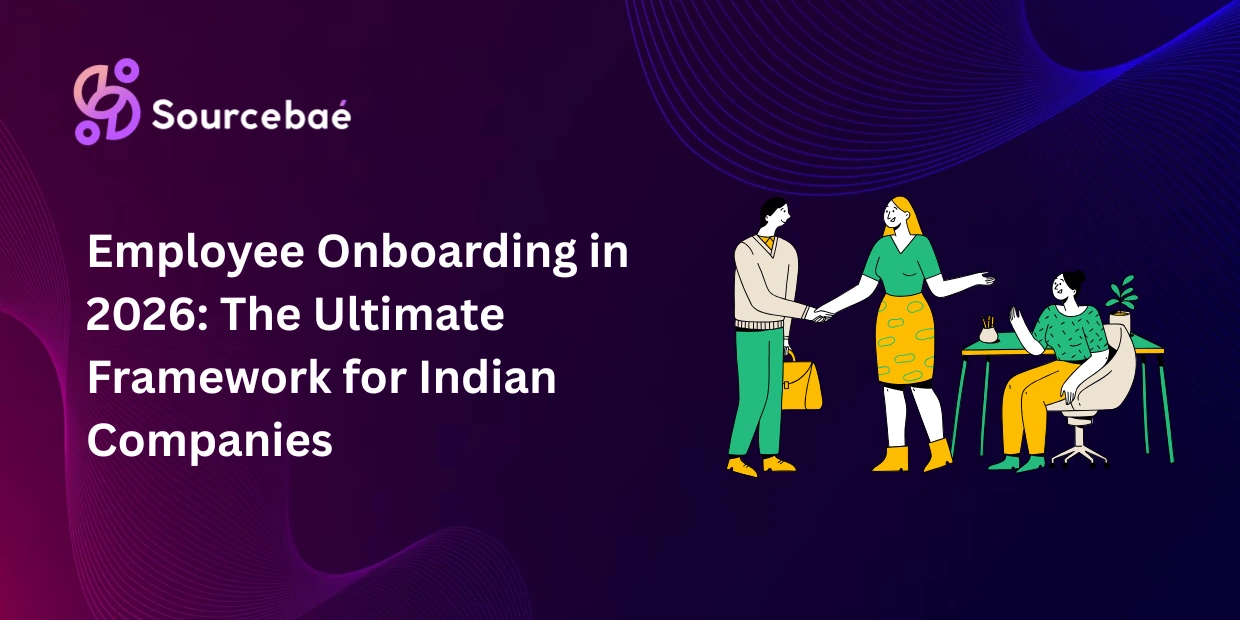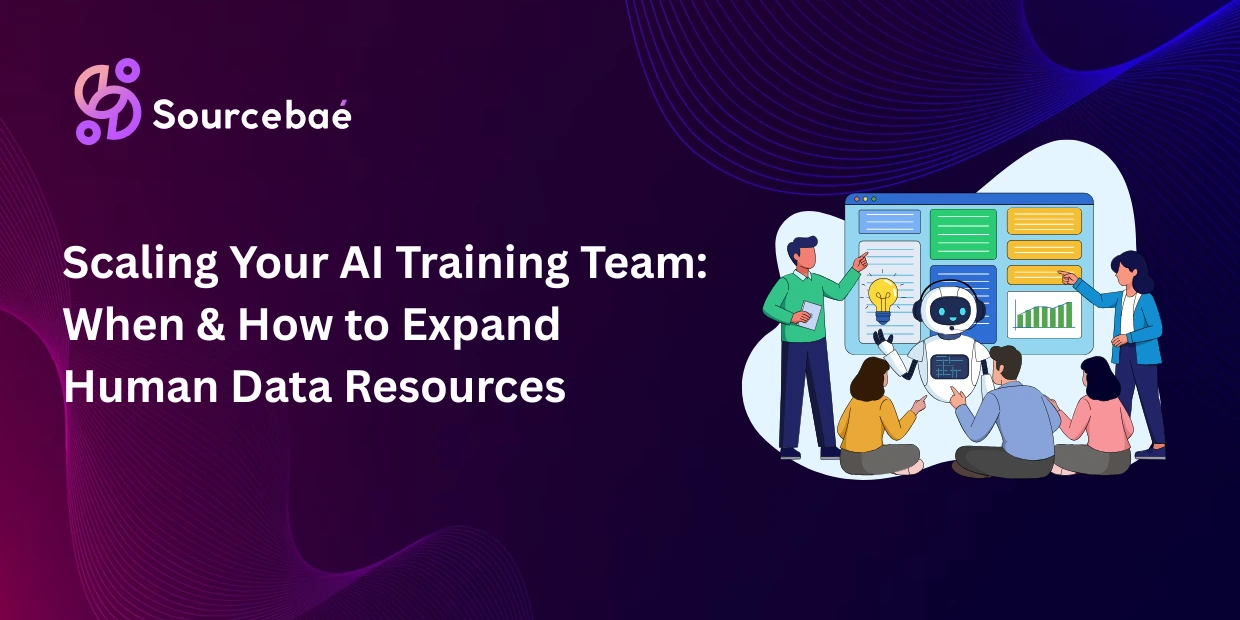Building a robust talent pipeline has emerged as one of the most critical strategies for organizations seeking sustainable growth and competitive advantage in today’s dynamic job market. According to recent research, 48% of organizations consider building a talent pipeline their top priority for 2024, yet 68% find it challenging to reach the right target audience during recruitment. This comprehensive guide explores proven strategies for developing an effective talent pipeline management system that anticipates future hiring needs and ensures your organization never faces critical talent shortages.
Understanding What is a Talent Pipeline and Why It Matters
A talent pipeline represents a strategic, proactive approach to recruitment that involves identifying, nurturing, and maintaining relationships with potential candidates before specific job openings arise. Unlike traditional reactive hiring methods, a progressive talent pipeline focuses on building a continuous flow of pre-qualified candidates who can quickly fill critical roles as they become available.
The concept encompasses both internal and external candidate pools, creating a comprehensive talent pipeline framework that addresses immediate staffing needs and long-term succession planning. This approach transforms recruitment from a cost center into a strategic business function that directly impacts organizational performance and growth trajectory.
Research from Nestlé Purina demonstrates the remarkable potential of well-executed talent pipeline strategies, with the company successfully filling 43% of their positions before they came open using their talent pipeline database containing over a million prospects. This achievement showcases how a strong talent pipeline can dramatically reduce time-to-hire while improving candidate quality and hiring manager satisfaction.
The Strategic Foundation: Building Your Talent Pipeline Framework
Workforce Planning and Future Needs Assessment
The foundation of any successful talent pipeline development begins with comprehensive workforce planning that aligns talent acquisition with business objectives. Organizations must conduct thorough analysis of current capabilities while forecasting future skill requirements based on strategic growth plans, market trends, and technological evolution.
Effective workforce planning involves collaboration between HR leaders, department heads, and senior executives to identify critical roles that require dedicated pipeline development. This process should examine both hard-to-fill positions and high-volume roles where pipeline strategies can deliver maximum return on investment.
Companies implementing best talent pipeline strategies in recruitment outsourcing often leverage predictive analytics and market intelligence to anticipate skill demands 12-36 months in advance. This forward-looking approach enables organizations to begin cultivating relationships with potential candidates well before immediate hiring needs arise.
Defining Your Talent Pipeline Model
A comprehensive talent pipeline model typically encompasses six core components that work synergistically to create sustainable talent flow. These components include talent planning and forecasting, sourcing and attraction strategies, candidate engagement protocols, assessment and qualification processes, relationship management systems, and performance measurement frameworks.
The most successful organizations adopt a multi-tiered pipeline approach that segments candidates based on readiness levels: those ready to hire immediately, candidates available within 3-6 months, and long-term prospects requiring 12+ months of development. This segmentation allows for targeted engagement strategies and resource allocation optimization.
Progressive companies are increasingly implementing hybrid pipeline models that combine internal talent mobility with external candidate development. This approach ensures robust succession planning while maintaining access to fresh perspectives and emerging skill sets from the external market.
How to Build a Talent Pipeline: A Comprehensive Implementation Strategy
Phase 1: Strategic Planning and Goal Setting
Building an effective tech talent pipeline or any industry-specific pipeline requires clear strategic alignment with organizational objectives. The process begins with identifying key roles that drive business value and face significant competition in the talent market.
Organizations should conduct skills gap analysis to understand current capabilities versus future requirements. This assessment reveals priority areas for pipeline development and helps establish realistic timelines and resource allocation plans.
Successful implementations typically start with 3-5 critical roles before expanding to additional positions. This focused approach allows teams to refine processes and demonstrate value before scaling pipeline efforts across the organization.
Phase 2: Multi-Channel Sourcing and Attraction
Effective talent pipeline strategy leverages diverse sourcing channels to build comprehensive candidate databases. Leading organizations utilize professional networks, social media platforms, industry events, university partnerships, and employee referral programs to identify potential candidates.
Research indicates that companies with strong employer brands receive twice as many job applications as those with less favorable reputations. Therefore, developing compelling employer value propositions and authentic workplace narratives becomes essential for pipeline success.
Modern sourcing strategies increasingly incorporate AI-powered tools and predictive analytics to identify passive candidates who demonstrate high potential for future roles. These technologies enable recruiters to move beyond traditional keyword-based searches toward more sophisticated matching algorithms that consider skills trajectory and career aspirations.
Phase 3: Candidate Engagement and Relationship Building
The cornerstone of successful talent pipeline management lies in sustained candidate engagement that builds trust and maintains interest over extended periods. This requires sophisticated communication strategies that provide value to candidates while keeping your organization top-of-mind for future opportunities.
Leading companies implement content marketing approaches that position their organization as industry thought leaders while providing career development resources to pipeline candidates. This strategy creates meaningful touchpoints that go beyond transactional recruitment interactions.
Technology plays a crucial role in engagement scalability, with Candidate Relationship Management (CRM) systems enabling personalized communication at scale. These platforms track candidate interactions, automate follow-up sequences, and provide analytics on engagement effectiveness.
Leveraging Technology: Talent Pipeline Software and Tools
Essential Technology Stack
Modern talent pipeline software solutions integrate multiple functions including candidate sourcing, relationship management, assessment tools, and analytics dashboards. Leading platforms like TalentGuard, Beamery, and Workday provide comprehensive talent pipeline capabilities that support both internal mobility and external candidate development.
These systems typically offer AI-driven candidate matching, automated engagement workflows, and predictive analytics that help identify the most promising pipeline candidates. Integration capabilities with existing HR technology stacks ensure seamless data flow and process efficiency.
The most sophisticated platforms incorporate skills intelligence and dynamic career pathing tools that help candidates understand potential growth trajectories within your organization. This transparency significantly improves engagement rates and pipeline conversion metrics.
Implementation Considerations
Successful talent pipeline tool deployment requires careful consideration of organizational maturity, existing technology infrastructure, and resource availability. Companies should prioritize platforms that offer strong integration capabilities and scalable pricing models.
Training and change management become critical success factors, as pipeline management requires different skills and mindsets compared to traditional reactive recruiting. Organizations must invest in capability development to maximize technology ROI and ensure sustainable adoption.
Data governance and privacy considerations are increasingly important, particularly for global organizations managing candidates across multiple jurisdictions. Platform selection should prioritize compliance capabilities and data security features.
Measuring Success: Key Performance Indicators and ROI
Essential Metrics for Pipeline Health
Effective talent pipeline management requires robust measurement frameworks that track both process efficiency and business impact. Key performance indicators should encompass source effectiveness, candidate engagement rates, conversion metrics, and quality of hire measures.
Leading organizations track pipeline-specific metrics including candidate progression rates through different stages, time from initial contact to hire, and pipeline contribution to overall hiring volume. These metrics provide insights into pipeline health and identify opportunities for optimization.
Advanced analytics enable predictive modeling that forecasts pipeline capacity and identifies potential bottlenecks before they impact hiring outcomes. This proactive approach allows for resource reallocation and process adjustments to maintain optimal pipeline flow.
Return on Investment Calculation
Calculating talent pipeline ROI requires comprehensive analysis of cost savings, quality improvements, and business impact metrics. Research from Scout Talent indicates that midsize companies see 2.5x to 6.6x return on every dollar invested in AI-powered recruiting technology, including pipeline management solutions.
The ROI formula should consider reduced time-to-fill, lower cost-per-hire, improved retention rates, and enhanced candidate quality. Organizations implementing comprehensive pipeline strategies typically report 30-70% improvements in key hiring metrics within 12-18 months.
Beyond direct cost savings, pipeline strategies deliver strategic value through reduced business disruption, improved succession planning, and enhanced competitive positioning in talent-scarce markets. These intangible benefits often exceed quantifiable cost savings in long-term value creation.
Best Practices for Different Industries and Roles
Technology Sector Considerations
The tech talent pipeline faces unique challenges due to rapid skill evolution, intense competition, and high mobility rates within the industry. Successful technology companies focus on building relationships with emerging talent through university partnerships, coding bootcamps, and open-source community engagement.
Leading tech organizations implement continuous learning platforms that help pipeline candidates stay current with evolving technologies while building deeper connections with company culture and values. This approach creates mutual value that strengthens candidate commitment and reduces attrition risk.
Technical assessment strategies must balance skill evaluation with candidate experience, often incorporating collaborative coding exercises and real-world problem-solving scenarios that showcase company culture and work environment. This approach improves both assessment accuracy and candidate engagement.
Manufacturing and Healthcare Applications
Industries facing significant workforce challenges, such as manufacturing and healthcare, require specialized pipeline approaches that address sector-specific talent shortages and skill requirements. These sectors often benefit from apprenticeship programs and structured development pathways that combine work experience with formal education.
Healthcare organizations increasingly focus on diversity and inclusion initiatives within their pipeline strategies, recognizing that diverse teams deliver better patient outcomes. This approach requires targeted sourcing strategies and inclusive assessment processes that remove barriers for underrepresented candidates.
Manufacturing companies leverage partnerships with technical schools and community colleges to build sustainable talent pipelines that address both current needs and future automation requirements. These relationships create predictable talent flow while supporting workforce development in local communities.
Overcoming Common Challenges and Implementation Barriers
Resource Allocation and Budget Constraints
Organizations frequently struggle with the upfront investment required for effective pipeline development, particularly when traditional recruitment metrics focus on immediate hiring needs rather than long-term talent development. Successful implementations require executive sponsorship and clear demonstration of strategic value.
Phased implementation approaches help organizations manage resource constraints while building capability and demonstrating value. Starting with critical roles and high-impact positions allows teams to refine processes and build internal support before expanding pipeline efforts.
Leveraging recruitment process outsourcing (RPO) partnerships can provide access to advanced pipeline capabilities without significant internal investment. These partnerships offer specialized expertise and established technology platforms that accelerate implementation timelines.
Candidate Engagement and Retention
Maintaining candidate interest over extended periods represents one of the most significant challenges in pipeline management. Organizations must create compelling value propositions that provide benefits to candidates even when immediate opportunities are unavailable.
Successful engagement strategies focus on career development support, industry insights, and networking opportunities that deliver tangible value to pipeline candidates. This approach transforms recruitment relationships into mutually beneficial partnerships that strengthen over time.
Technology platforms enable automated engagement sequences while maintaining personalization and relevance. These systems track candidate interactions and adjust communication frequency and content based on individual preferences and engagement patterns.
Future Trends and Evolution in Talent Pipeline Management
Artificial Intelligence and Predictive Analytics
The integration of AI and machine learning technologies is revolutionizing pipeline management through improved candidate identification, engagement optimization, and predictive modeling capabilities. These technologies enable more sophisticated matching algorithms and personalized candidate experiences at scale.
Predictive analytics help organizations forecast talent needs more accurately while identifying external factors that may impact talent availability. This capability enables proactive pipeline adjustments and strategic workforce planning that anticipates market changes.
Natural language processing and sentiment analysis tools provide deeper insights into candidate preferences and career aspirations, enabling more targeted engagement strategies and improved pipeline conversion rates. These technologies represent the next frontier in pipeline optimization.
Skills-Based Hiring and Internal Mobility
Organizations are increasingly adopting skills-based hiring approaches that focus on capabilities rather than traditional credentials or experience requirements. This shift expands potential talent pools while supporting internal mobility initiatives that maximize existing workforce potential.
Skills intelligence platforms map internal capabilities against future requirements, identifying upskilling opportunities and internal pipeline candidates for leadership roles. This approach reduces external hiring costs while improving employee retention and engagement.
The convergence of internal and external pipeline strategies creates comprehensive talent ecosystems that optimize both internal development and external acquisition. This holistic approach ensures sustainable talent flow while supporting career development and succession planning objectives.
Conclusion and Implementation Roadmap
Building a successful talent pipeline requires strategic planning, sustained commitment, and comprehensive execution across multiple organizational functions. The evidence clearly demonstrates that organizations investing in proactive pipeline strategies achieve significant competitive advantages through reduced hiring costs, improved quality of hire, and enhanced business agility.
The implementation roadmap should begin with strategic alignment and goal setting, followed by systematic development of sourcing, engagement, and measurement capabilities. Organizations must invest in appropriate technology platforms while building internal capabilities and change management processes that ensure sustainable adoption.
Success in talent pipeline development depends on treating pipeline management as a strategic business function rather than a tactical recruiting activity. This requires executive sponsorship, cross-functional collaboration, and metrics frameworks that demonstrate clear business value and return on investment.
The future of talent acquisition belongs to organizations that can anticipate needs, build relationships, and create sustainable competitive advantages through superior pipeline management capabilities. Companies that master these capabilities will dominate their respective talent markets while achieving superior business outcomes through strategic workforce planning and execution.

